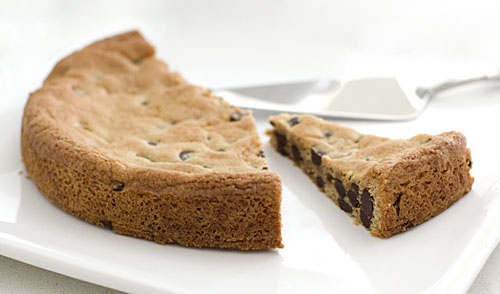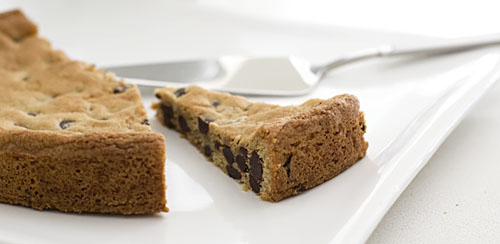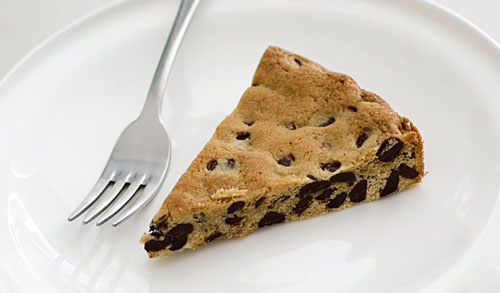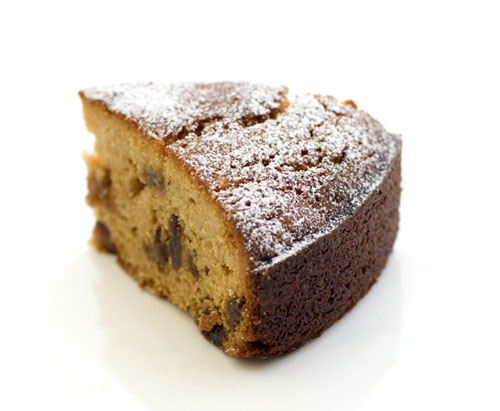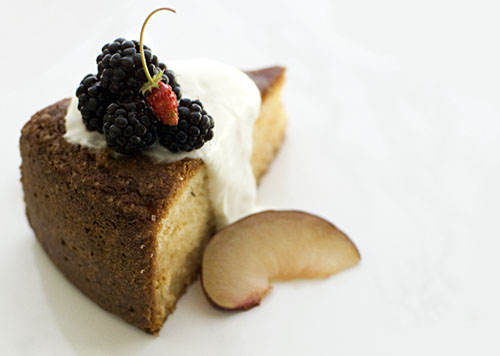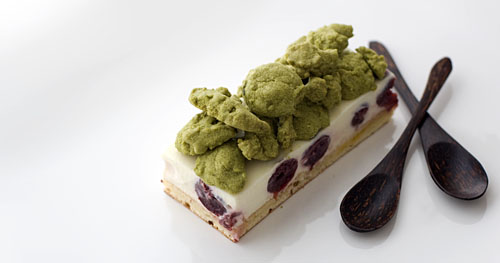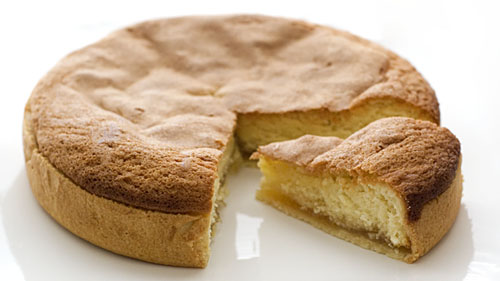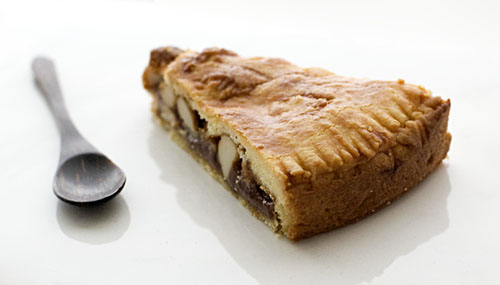The certainty of uncertainty
If there’s one thing you can be certain of in life, is that the uncertain will always happen.
Shuna has written more eloquently about change before. I on the other hand, have at times attempted to fumble through some sort of explanation. An explanation about my long absence from blogging. About how a friend can possibly tell from my tweets alone, that I have been feeling sad and deflated. About why I’m leaving, despite writing to every possible friend and family member in my address book only a year ago, to tell them about the dream job I had just landed.
I considered fumbling, but finally decided not to. I had an epiphany not too long ago. Not quite the kind that involves dropping everything and moving to a far corner of the Earth to help save endangered wild life, but still something along similar lines of acquiring personal happiness and satisfaction.
When I look up past chapters of my working life, I know there will be many people to miss. Even the guy who delivers our bottled water, who is extremely friendly despite looking like he could tear your head off with one finger. Yep, I’ll miss him too.
So anyway. Can we talk cake?
Admittedly, when I first made this cake, I was a little sceptical, and therein lies the genius of this recipe. It is a ridiculously simple concept that is so clever at the same time, it makes you wish you’d thought of it first. Basically, it’s a thicker version of a chocolate chip cookie, underbaked so that it retains cake-y characteristics. It is incredibly delicious eaten at any time of the day and lasts forever, if there is such a thing as ‘forever’, when it comes to cake.
The cake comes with a ganache that you drizzle over the top, but I have omitted it because I like the cake just as it is. This recipe is in US cup measures. Buy the book if you’re keen to make more New Orleans-style sweets.
Chocolate Chip Cookie Cake :
(from Dam Good Sweet by David Guas and Raquel Pelzel)
1 stick (113g) butter
1 1/4 cup semisweet chocolate chips (58%-62% cacao)
1 cup plain flour
1 1/2 teaspoons baking powder
1/4 teaspoon salt
1 cup light brown sugar
1 teaspoon vanilla extract
1/2 teaspoon almond extract
1 large egg
Preheat the oven to 175’C.
Whisk the flour, baking powder and salt together in a medium bowl and set aside. Using a stand mixer or a hand mixer, cream the butter, light brown sugar, and vanilla and almond extracts on medium speed until well combined, about 1 minute. Increase the mixer speed to high and beat for 15 seconds. Stop the mixer, scrape down the sides of the bowl, and add the egg. Blend on medium speed for 30 seconds. Add the dry ingredients and combine on low speed until just a few dry streaks remain. Add the chocolate chips and mix for a few seconds until combined.
Scrape the batter into a greased and lined 10-inch round cake tin. Press the batter into a smooth and even layer in the pan. Bake until lightly golden and puffy around the edges (the center should still feel quite soft), 18 – 22 minutes. Cool for 10 minutes and then run a paring knife around the edge of the pan to release the cake. Cool for at least 4 hours before turning the cake out of the pan and onto a large plate.

